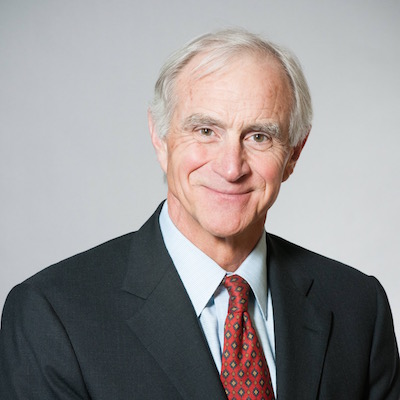Related Articles
Eleven years ago, the United States was in the midst of the worse economic recession since the Great Depression of the 1930s. Americans were concerned about jobs and the economy. Yet the Democratic Congress chose to debate healthcare policy and with no Republican votes passed the Affordable Care Act, aka Obamacare, late on Christmas eve of 2009.
This was President Obama’s signature political issue and he signed the bill into law in March 2010. The ACA is the most wide-sweeping health care law since Medicare and Medicaid began in 1965. The regulatory burden on individuals and businesses is as broad as any previous legislation.
The American public was outraged at the hubris of the Democrats and the partisan nature of the new law. Conservatives, as well as moderates, formed the tea party movement and changed the Congress to a Republican majority in 2012.
Multiple parts of the ACA have been repealed, many in a bipartisan manner. Although the details of the law now differ from the original, the two main goals of Obamacare remain in place. Specifically, the law expands Medicaid to any able-bodied, low-income adult 18 to 64 years of age and provides taxpayer subsidies to the middle-class so they can purchase health insurance in the ACA exchanges. Overall, half of all the newly insured under Obamacare are now in the Medicaid entitlement.
When the ACA became law, 50 million Americans had no health insurance. Health care spending was 17 percent of the U.S. economy. The primary goals of this complex law were to provide universal health insurance while bending the cost of care curve down.
Last year, health care spending increased to over 18 percent of the economy. The initial budget of the ACA was $940 billion for the first ten years. This included 10 years of taxes starting in 2010, but only six years of benefits that started in 2014. Actual spending has ranged from $1.7 trillion to over $2 trillion for any ten year period. Twenty million people represents only 40 percent of the universal health insurance goal. Unless a person is a hardened ACA supporter, the law has been a near-failure at reaching its two main goals.
The ACA began with 20 new or expanded taxes. The Cadillac tax on high-cost health insurance policies, the tax for individuals not owning health insurance, the tax on health insurance premiums, and the tax on medical devices have been repealed. In spite of these repealed taxes, Obamacare represents one of the largest wealth redistribution policies in American history.
Almost half of the cost of the ACA was to come from cuts to the Medicare budget. The vast majority of these cuts have been repealed or deferred. When these deferred cuts are added to the repealed taxes, Obamacare has become a definite financial drain on the U.S. economy.
The U.S. Supreme Court has heard arguments twice on the constitutionality of the ACA. Both times the Court found the law to be constitutional. The Court has accepted a third case which will be argued later this year. This case is based on the fact that since Congress essentially eliminated the tax for not owning health insurance, then the individual mandate is no longer constitutional.
As with virtually every other entitlement in the U.S., public opinion has gradually shifted to one of majority support of Obamacare. Much of the law’s current popularity among Americans is based on their support for the pre-existing condition mandate in the ACA. People believe that a prior medical condition should not preclude a person from obtaining health insurance. Yet, there are cheaper and more practical methods of dealing with pre-existing conditions. For example, high risk pools can provide health insurance to high-cost and high-utilizers of health care, while shielding the vast majority of insurance holders from higher premium costs.
The COVID-19 crisis has placed the tenth anniversary of Obamacare far from the minds of most Americans. Once the crisis is over, health care reform will again take center stage in political discussions. The failure of the ACA must be clearly articulated and meaningful reform that places patients, not the government, in charge of their own health care must be promoted.






